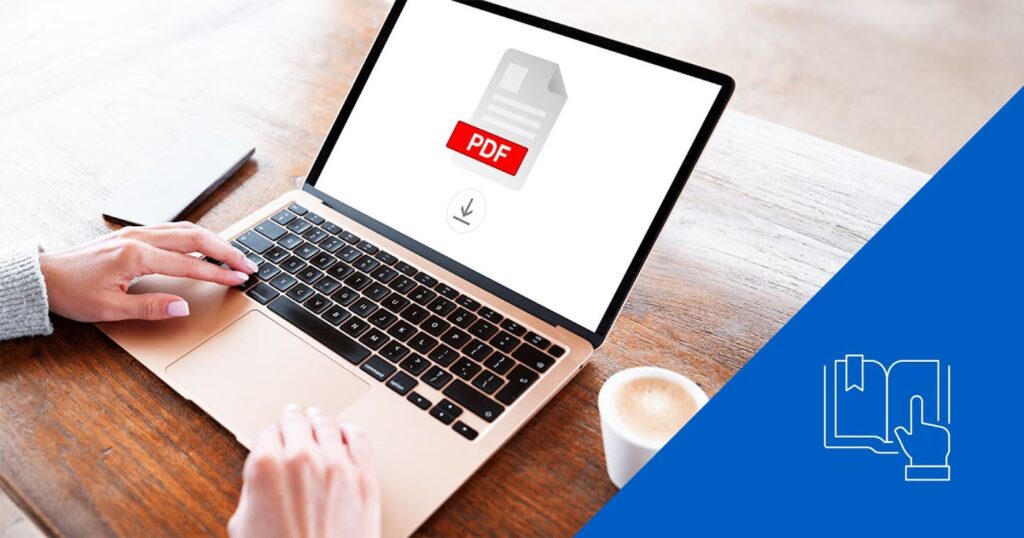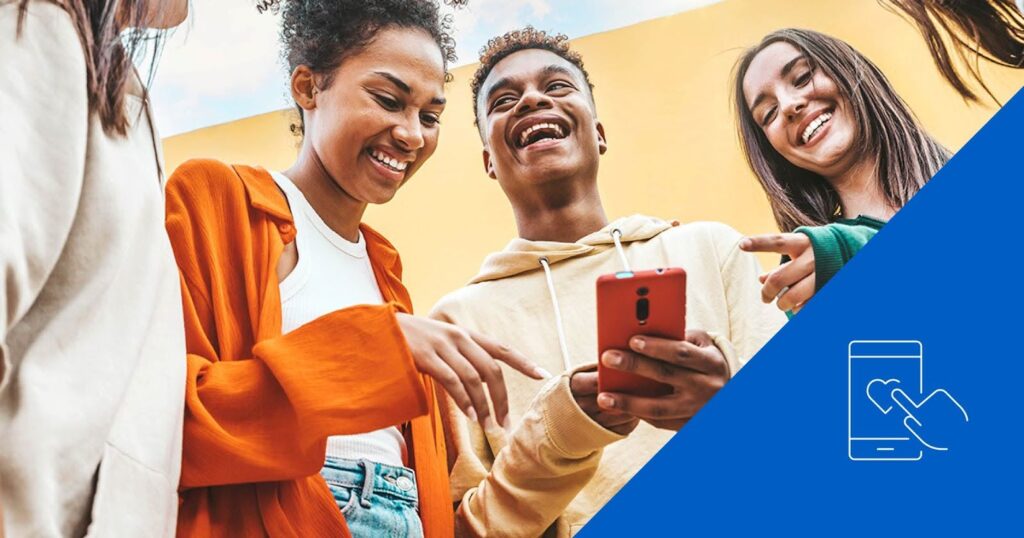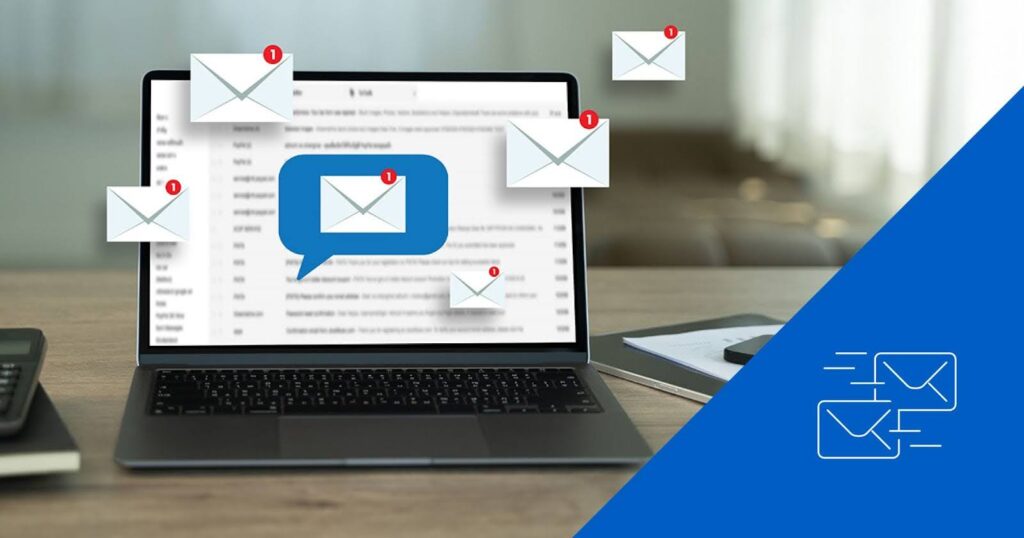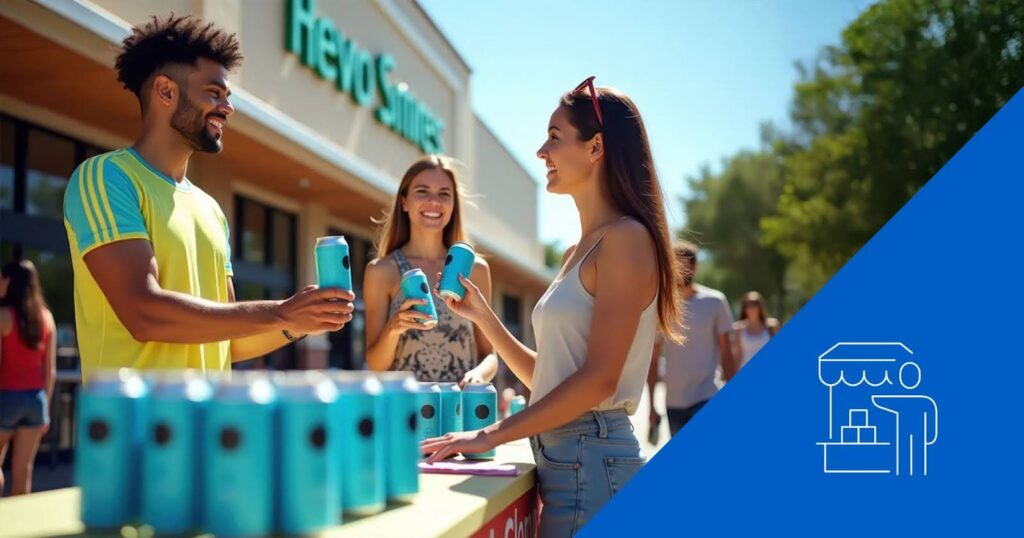In today’s competitive landscape, understanding and effectively leveraging different types of marketing is essential for promoting your company. Each marketing strategy serves a unique purpose, whether it’s building brand awareness, reaching your target audience, driving website traffic, or converting potential customers into loyal clients.
This guide explores 15 key forms of marketing and dives into actionable ways you can implement them to achieve specific business goals. From traditional techniques like billboards and direct mail to modern strategies like social media marketing and SEO, this comprehensive overview will equip you to tailor your marketing efforts for success.
- Digital Marketing
- Content Marketing
- Inbound Marketing
- Search Engine Optimization (SEO)
- Search Engine Marketing (SEM)
- Social Media Marketing
- Email Marketing
- Influencer Marketing
- Affiliate Marketing
- Outbound Marketing
- Brand Marketing
- Guerrilla Marketing
- Word-of-Mouth Marketing
- Event Marketing
- Cause Marketing
1. Digital marketing – the foundation of modern marketing

Digital marketing is an overarching concept that includes various strategies to connect with your audience through online platforms. It serves as the foundation for many modern marketing efforts, integrating elements such as social media, search engine marketing (SEM), and email campaigns to create a cohesive approach. These components work together to engage, attract, and convert potential customers effectively.
How to use it effectively:
- Develop a robust online presence with a professional website and active profiles on relevant social media platforms.
- Invest in search engine marketing (SEM) with Google Ads to ensure your products or services appear prominently in searches.
- Use landing pages optimized for conversions to capture leads and nurture them through the sales funnel.
Example: Nike uses a comprehensive digital marketing strategy that includes a strong social media presence, targeted email campaigns, and SEO-optimized blog content to reach potential customers across the globe.
2. Content marketing – engage and inform your audience

Content marketing focuses on creating and distributing high-quality content that provides value to your audience, building trust and authority over time. This strategy includes blogs, video marketing, podcasts, white papers, and infographics.
How to use it effectively:
- Create a blog to answer common customer questions and showcase your expertise.
- Use video marketing tools like Adobe Premiere Pro, Canva, iMovie, or CapCut to create engaging product demonstrations or behind-the-scenes stories.
- Host podcasts on industry trends to build connections with your audience.
Example: HubSpot’s content marketing is a gold standard, offering in-depth guides, webinars, and templates for marketers, attracting leads while promoting their tools.
3. Inbound marketing – attract customers naturally

Inbound marketing is closely tied to content marketing, as valuable and engaging content is the cornerstone of attracting and retaining potential customers naturally. Through content marketing, businesses create blogs, videos, eBooks, infographics, and other resources that address their audience’s questions, needs, or pain points.
This content not only draws users to a brand’s website or platform but also builds trust and establishes authority. Inbound marketing uses this content strategically to guide prospects through the buyer’s journey, nurturing leads and fostering long-term relationships without relying on intrusive ads.
In essence, content marketing provides the tools, while inbound marketing defines the strategy to use those tools effectively.
How to use it effectively:
- Offer free resources like guides, white papers, or eBooks.
- Use lead magnets on your website to capture email addresses.
- Create webinars or online workshops to educate your audience.
Example: HubSpot’s content marketing is a gold standard, offering in-depth guides, webinars, and templates for marketers, attracting leads while promoting their tools.
4. Search engine optimization (SEO) – drive organic traffic

SEO is the practice of optimizing your website to rank higher on search engine results pages (SERPs). By using relevant keywords, improving site speed, and ensuring mobile-friendliness, you can attract potential customers organically.
How to use it effectively:
- Conduct keyword research using platforms like Semrush, Ahrefs, Google Keyword Planner, or Moz to understand what your target audience is searching for.
- Optimize product pages and blogs with relevant keywords, images, and meta descriptions using tools like Yoast SEO or Rank Math for WordPress.
- Build backlinks by guest posting on reputable websites in your niche and monitoring link-building opportunities with tools like Majestic or BuzzSumo.
Example: Moz’s comprehensive SEO blog attracts a steady stream of organic visitors, showcasing their expertise and converting readers into customers.
5. Search engine marketing (SEM) – boost visibility quickly

SEM leverages paid search advertising, including pay-per-click (PPC) campaigns, to boost visibility and drive targeted traffic to your website.
By bidding on relevant keywords, SEM allows your business to appear at the top of search engine results pages (SERPs), capturing the attention of potential customers who are actively searching for products or services like yours.
This strategy is particularly effective in highly competitive industries where organic rankings may take longer to achieve. With precise audience targeting, measurable performance metrics, and immediate results, SEM can deliver a high return on investment when executed effectively.
How to use it effectively:
- Set up Google Ads campaigns targeting specific keywords to capture intent-driven leads.
- Use A/B testing to refine ad copy and landing pages for higher conversions.
- Combine SEM with retargeting to re-engage visitors who didn’t convert initially.
Example: Shopify uses SEM to target entrepreneurs searching for e-commerce platforms, running ads that lead directly to optimized landing pages.
6. Social media marketing – connect where your audience is

Social media marketing involves leveraging social media platforms to engage with your audience, promote your products, and build brand loyalty. Platforms like TikTok, Instagram, and LinkedIn each serve unique purposes, depending on your audience.
How to use it effectively:
- Share visually engaging content on Instagram to promote lifestyle brands.
- Post thought leadership articles on LinkedIn for B2B marketing.
- Run TikTok challenges to engage younger demographics and increase brand awareness.
Example: Wendy’s X account uses humor and timely responses to drive engagement while reinforcing its brand voice.
7. Email marketing – nurture leads and retain customers

Email marketing remains one of the most effective ways to build relationships with both new customers and existing customers. Personalized, targeted messages can drive sales, encourage repeat purchases, and strengthen connections.
How to use it effectively:
- Segment your audience by demographic, purchasing behavior, or interests using CRM platforms like HubSpot, Salesforce, or ActiveCampaign to organize and manage contact lists effectively.
- Use automation tools within platforms like Mailchimp, Klaviyo, or Constant Contact to send timely follow-ups and personalized recommendations based on user behavior.
- Include engaging CTAs in every email to drive readers to your website or landing pages, and track performance with analytics tools available in platforms like Campaign Monitor or GetResponse.
Example: Grammarly’s weekly emails offer personalized feedback, motivating users to engage with the platform while promoting paid plans.
8. Influencer marketing – leverage trusted voices

Influencer marketing involves partnering with social media personalities who can introduce your products to their followers. Influencers help build trust and expand your reach quickly.
Influencer marketing has become a prominent trend due to its ability to connect brands with highly engaged audiences through authentic and relatable content. In an age where traditional advertising is often ignored, influencers bring a level of trust and relatability that resonates with modern consumers.
According to market research, the global influencer marketing industry was valued at $16.4 billion in 2022 and is projected to grow significantly as brands allocate larger portions of their marketing budgets to this strategy.
Studies also show that 69% of consumers trust influencer recommendations, making this approach a powerful tool for driving brand awareness and conversions.
How to use it effectively:
- Collaborate with influencers who align with your brand values and appeal to your target audience.
- Offer exclusive discounts or early access to new products for their followers.
- Use micro-influencers to target niche markets cost-effectively.
Example: Daniel Wellington’s partnerships with Instagram influencers helped the brand achieve explosive growth and establish itself as a global watchmaker.
9. Affiliate marketing – grow with performance-based partnerships

Affiliate marketing is a performance-based strategy where businesses partner with affiliates who promote their products or services in exchange for a commission. Unlike influencer marketing, which focuses on building brand awareness through personal endorsements, affiliate marketing is directly tied to measurable results, such as clicks, leads, or sales.
Affiliates typically use their platforms—such as blogs, websites, or social media—to create content like reviews or tutorials, incorporating unique links to track conversions. This scalable and cost-effective approach allows brands to partner with multiple affiliates simultaneously, driving targeted traffic and sales.
How to use it effectively:
- Create an affiliate program with clear guidelines and attractive commission rates.
- Provide affiliates with resources like banners, ads, and ready-to-use templates.
- Track affiliate performance and optimize based on results.
Example: Amazon Associates remains one of the most successful affiliate programs, enabling bloggers and influencers to earn commissions by promoting Amazon products.
10. Outbound marketing – reach out to your audience

Outbound marketing relies on traditional marketing techniques like direct mail and billboards. While less targeted, it remains effective for broad brand awareness.
While often viewed as less targeted than inbound strategies, outbound marketing remains a valuable tool for reaching a broad audience and driving brand recognition. Recent data underscores its effectiveness:
- Direct mail. A 2023 survey revealed that 74% of marketers believe direct mail delivers the highest response rates, conversion rates, and ROI among all channels used.
- Cold calling. Despite challenges, cold calling continues to be a viable outbound tactic. Statistics indicate that 82% of buyers accept meetings with salespeople who initiate contact via cold calls.
These insights demonstrate that, when executed strategically, outbound marketing methods like direct mail and cold calling can effectively complement digital efforts, amplifying brand visibility and engagement.
How to use it effectively:
- Design eye-catching billboards in high-traffic locations.
- Use direct mail to share special offers or invite prospects to events.
- Combine outbound methods with digital channels for a seamless marketing approach.
Example: Coca-Cola’s iconic billboards continue to promote the brand globally while reinforcing its message of happiness and connection.
11. Brand marketing – create lasting connections

Brand marketing goes beyond individual marketing campaigns; instead, it focuses on building a strong identity and emotional connection with your audience.
How to use it effectively:
- Develop consistent messaging and visuals across all marketing channels using tools like Canva for design consistency and Hootsuite for social media scheduling.
- Invest in storytelling to communicate your brand values with platforms like Adobe Spark or Storyblocks for creating impactful narratives.
- Use testimonials and user-generated content to showcase your impact, and monitor audience sentiment with social listening tools like Brandwatch, Sprout Social, or Mention. These tools help track brand mentions, analyze sentiment, and uncover insights that can refine your strategy.
Example: Apple’s “Think Different” campaign solidified its brand identity, making it synonymous with innovation and creativity.
12. Guerrilla marketing – stand out with creativity

Guerrilla marketing uses bold, unconventional tactics to grab attention and leave a lasting impression, often on a limited budget.
Guerrilla marketing is closely related to outbound marketing as both focus on proactively reaching out to audiences in creative and attention-grabbing ways.
While outbound marketing typically uses traditional methods like direct mail or billboards, guerrilla marketing takes a more unconventional approach, utilizing unique locations, surprise elements, or interactive experiences to engage people.
Both strategies aim to initiate contact with the audience rather than waiting for them to come to the brand, making guerrilla marketing an innovative extension of outbound efforts, particularly when aiming to create buzz and maximize impact with minimal investment.
How to use it effectively:
- Organize pop-up events to showcase your product.
- Use street art or installations in public spaces to spark curiosity.
- Leverage viral campaigns to amplify your message.
Example: Coca-Cola’s “Happiness Machine” campaign, where a vending machine dispensed surprises, became a viral success, combining offline creativity with digital reach.
13. Word-of-mouth marketing – build trust through customers

Word-of-mouth marketing leverages the power of customer-to-customer (C2C) interactions to amplify your brand’s message. This approach relies on authentic recommendations, which are often more trusted than traditional advertising.
When satisfied customers share their experiences with others—through conversations, reviews, or social media posts—they create a ripple effect that boosts credibility and attracts new customers.
The C2C concept is at the heart of word-of-mouth marketing, as it emphasizes direct interactions between consumers, bypassing the brand as an intermediary. This trust-driven strategy not only fosters organic growth but also enhances customer loyalty, as people are more likely to engage with a product or service endorsed by someone they know.
How to use it effectively:
- Launch a referral program with attractive incentives, like discounts or exclusive rewards, to motivate customers to share your brand with their network.
- Encourage reviews and testimonials on platforms like Google, Yelp, or Trustpilot, where they can influence potential buyers.
- Share compelling customer success stories on your website and social media channels to highlight real-life examples of your brand’s value.
Example: Dropbox’s referral program, which rewarded users with extra storage, helped the company achieve exponential growth.
14. Event marketing – connect in real time

Event marketing includes both in-person and virtual events designed to engage your audience and showcase your offerings.
How to use it effectively:
- Host product demonstrations at trade shows to connect with industry professionals and generate leads.
- Organize exclusive workshops or networking events to build relationships and establish your brand as a thought leader.
- Use virtual webinars to reach a global audience and share insights about your expertise.
Example: Apple’s annual product launches draw massive attention and create excitement among both consumers and the media.
IMD leverages event marketing to connect with business leaders and professionals through impactful in-person and virtual experiences. Their events, such as executive workshops and global leadership webinars, offer practical insights into key challenges like digital transformation and innovation.
By hosting events like the Orchestrating Winning Performance (OWP) program or interactive sessions featuring faculty experts, IMD engages its audience in meaningful ways while showcasing the value of its programs and expertise. These events not only promote learning but also reinforce IMD’s role as a leader in executive education.
15. Cause marketing – align with meaningful values

Cause marketing involves collaborating with a social or environmental cause that aligns with your company’s values. This strategy builds goodwill and attracts socially conscious consumers.
How to use it effectively:
- Partner with nonprofits that align with your brand mission.
- Highlight the impact of your contributions through compelling storytelling.
- Share the results of your initiatives via social media and newsletters.
Example: TOMS Shoes, which donates a pair of shoes for every pair sold, creates strong brand loyalty by making a difference with every purchase.
IMD integrates cause marketing through its centers and initiatives focused on critical global challenges, such as sustainability, digital transformation, and inclusivity. The IMD Global Center for Sustainable and Inclusive Business empowers organizations to develop sustainable practices, while the Debiopharm Chair for Family Philanthropy supports research and collaboration on impactful giving.
These initiatives not only align with IMD’s mission but also demonstrate its commitment to making a positive societal and environmental impact. By engaging in and promoting these causes, IMD strengthens its reputation as a socially responsible leader in education and business innovation.
Take your marketing efforts to the next level
Marketing is not a one-size-fits-all approach. By understanding these 15 types of marketing, you can create a tailored strategy that meets your unique business goals.
Whether you’re focusing on digital tactics like SEO and social media or traditional approaches like billboards and direct mail, the key is to align your marketing efforts with your audience’s needs and values. Experiment, measure results, and refine your strategy to ensure you’re maximizing your return on investment.
To elevate your skills and strategies, explore IMD’s “Marketing Strategies in the Digital Age” program and take your marketing to the next level.
Stay up to date 💌
Join the IMD Community.
Stay informed with our latest insights on leadership, strategy, digital transformation and more. Explore fresh perspectives from IMD business school to help you navigate today’s complex business landscape.




